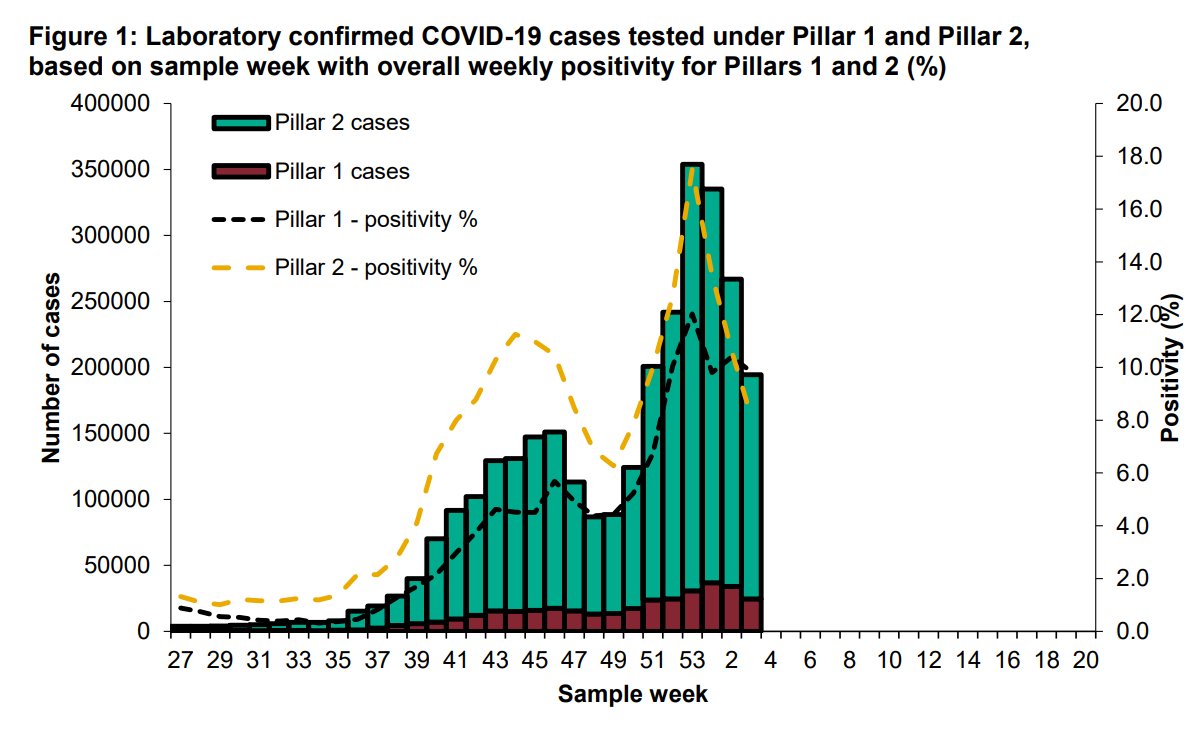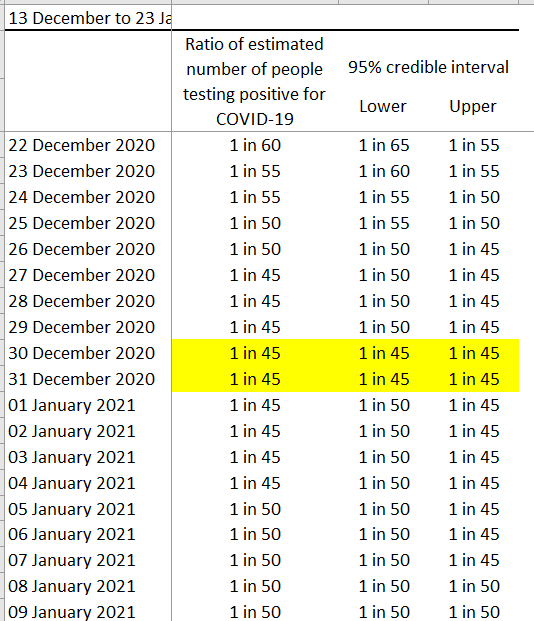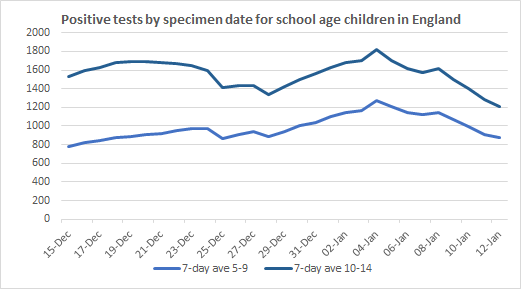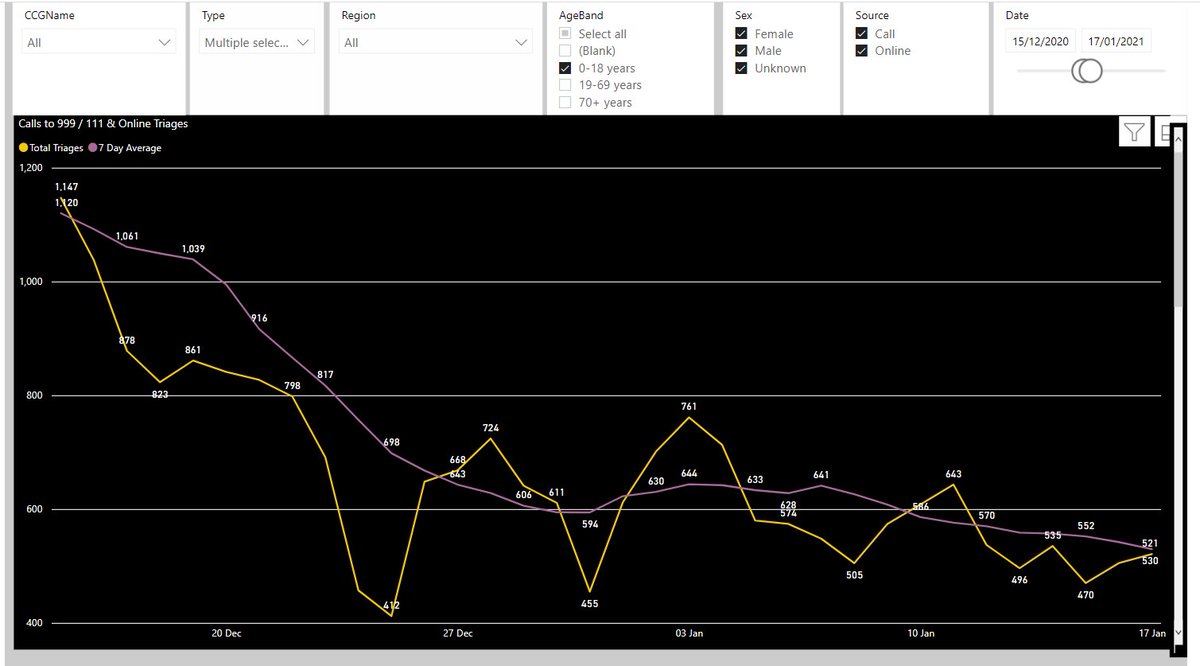
This is an interesting response by @cjsnowdon to @toadmeister but many of the examples he cites do not support his argument that infections start falling after lockdowns.
Here’s a closer look at 3 of them: France (31st Oct), Ireland (24th-31st Dec) & England (5th Nov)
Here’s a closer look at 3 of them: France (31st Oct), Ireland (24th-31st Dec) & England (5th Nov)
https://twitter.com/cjsnowdon/status/1357732351955136512
1. France: 7-day cases were falling from 3rd Nov (not the 8th as @cjsnowdon states), positivity from 2nd, hospitalisations from the 5th. Given lag, these all show infections falling well before 31st October ... 


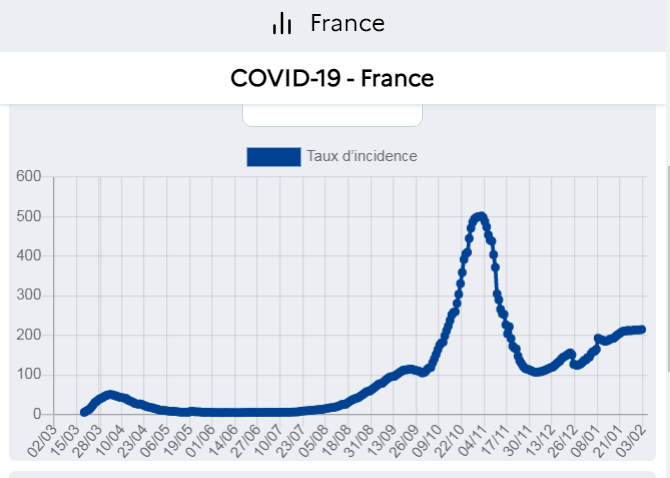
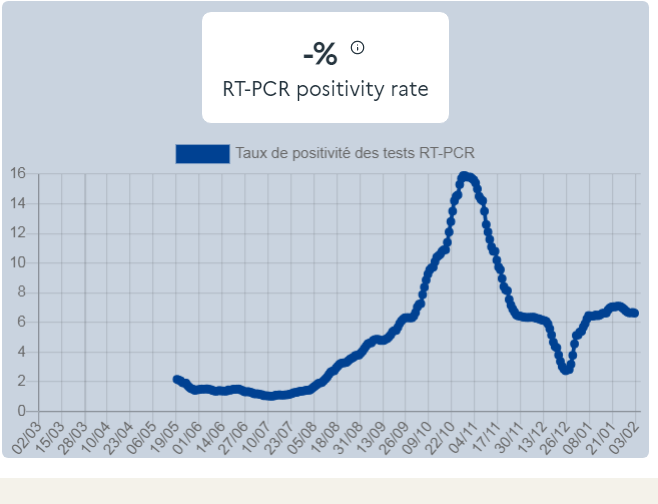

France's estimated R-rate started falling from 24 Oct & there is no indication lockdown accelerated the decrease.
The 31st October French lockdown is not a good example of lockdown effectiveness.
The 31st October French lockdown is not a good example of lockdown effectiveness.
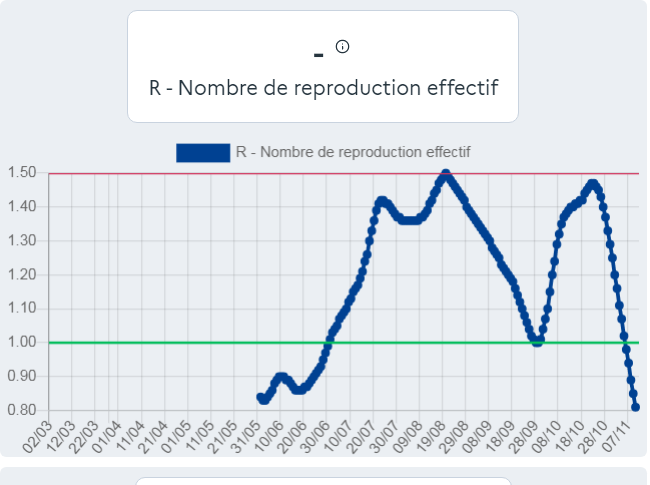
2. Ireland: although full lockdown came in on 31 Dec, the lockdown measures were rolled out from 24 Dec so we might expect to see an effect on cases starting to show from early Jan, hospitalisations from about 5th Jan, deaths from mid-Jan …
Case data in Ireland are complicated by 9,000 earlier cases being reported in early Jan. So we just don’t know if “Case numbers peaked on 8 January” and we probably need to rely on admissions & death data.
gov.ie/en/press-relea…
gov.ie/en/press-relea…
Admissions peak on 20 Jan. A lag of 10-12 days indicates infections peaked 8-10 Jan, long after even full lockdown on 31 Jan. You might argue admissions stabilised earlier than the 20th which would be a better fit, but even today, hard to see a strong trend down. 
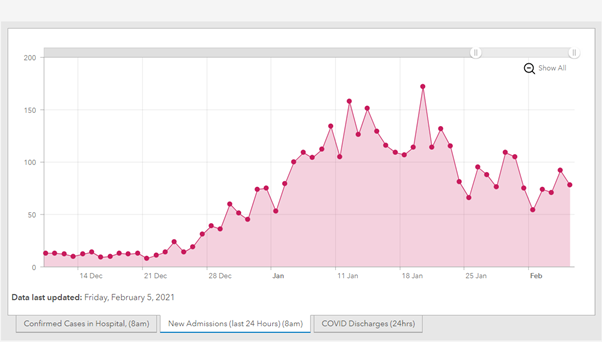
Deaths are even less hopeful for the lockdown case. Even now, 6 weeks after lockdown measures started to be rolled out, there is no clear downward trend in deaths. 
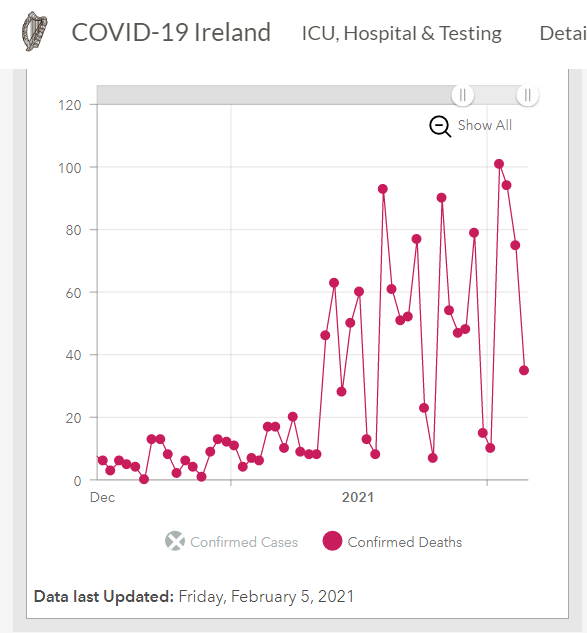
Anyone know if Ireland has data on cases by test date &/or deaths by date-of-occurrence? Perhaps that would give a different picture but on the face of it, Ireland does not look like a great example of lockdown effectiveness.
3. England November: National positive case data does fit with a LD effect but Zoe estimates suggest peak pre-lockdown. Also, big regional differences complicate things with infections clearly peaking in some regions pre-lockdown ...
Further, infections in London, SE etc. started rising again *during* lockdown (I know: "new variant") but even worse ...
… when you look at deaths & admissions data both nationally and by region, there is pretty much no sign of any benefit of LD at all & little sign that releasing LD made things worse.
November in England is not a good example of lockdown effectiveness.
November in England is not a good example of lockdown effectiveness.
https://twitter.com/cricketwyvern/status/1352254087228751872?s=20
Sometimes a fall in cases fits in with lockdown timing, very often it does not. It is possible LDs have some marginal benefit but the evidence for them is just very weak.
French data here: dashboard.covid19.data.gouv.fr/vue-d-ensemble…
Irish data here: covid19ireland-geohive.hub.arcgis.com
Irish data here: covid19ireland-geohive.hub.arcgis.com
• • •
Missing some Tweet in this thread? You can try to
force a refresh

